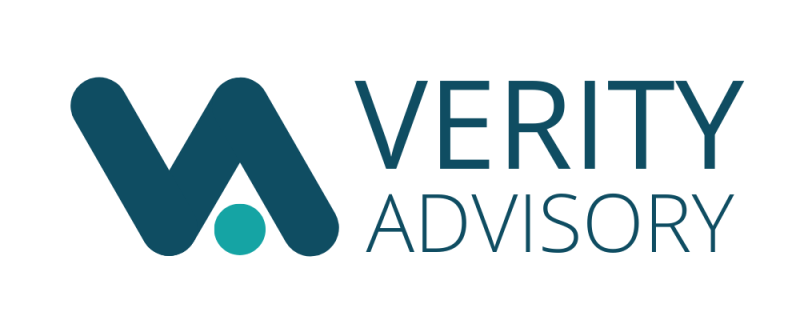Starting 1 July 2025, new parents will receive superannuation contributions alongside their government-funded Paid Parental Leave (PPL).
Key Changes
For babies born or adopted from 1 July 2025, eligible parents will receive a superannuation contribution equal to 12% of their PPL payment.
This lump sum payment, including an interest adjustment to account for the delay, will be made annually by the Australian Taxation Office
(ATO) after the financial year ends.
Parents can continue applying for PPL through Services Australia, which will determine eligibility for both the payment and the
superannuation contribution.
Eligibility Requirements
Currently, parents can access up to 22 weeks of PPL at the minimum wage. This will increase to 24 weeks from 1 July 2025 and 26 weeks by 1
July 2026.
To qualify, parents must:
- Have a newborn or adopted child
- Meet the income test
- Not work during the PPL period, except under certain allowable conditions
- Meet the work test
- Meet residency requirements
- Register or apply to register the child’s birth with the state or territory registry (if the child is newborn)
For more details about the government-funded PPL scheme, visit the Services Australia website.
Employer-Funded PPL
Paid Parental Leave can come from the government, an employer, or both. Employees who qualify can receive both types of payments.
Employers are not required to provide PPL, but many offer it to support employees. These policies typically set minimum service requirements
and vary by employer in terms of the duration and payment amount.
While some employers already include superannuation contributions with their PPL policies, the new law ensures parents accessing
government-funded PPL will also receive this benefit.
Impact on Families
Currently, superannuation is not paid on government-funded PPL. This change ensures parents receive superannuation contributions during
their parental leave, helping close the superannuation savings gap, particularly for women. It supports greater financial security in
retirement by boosting superannuation balances during a critical life stage.



